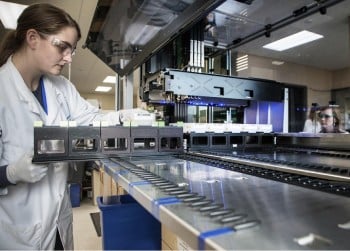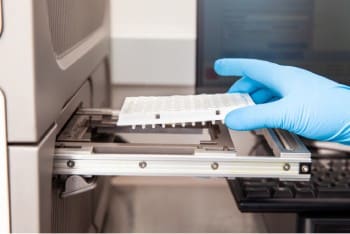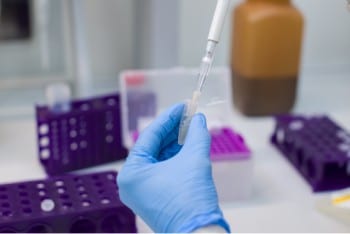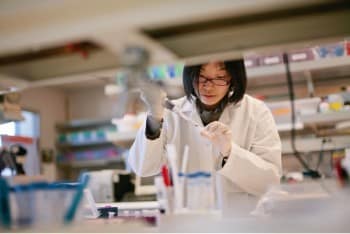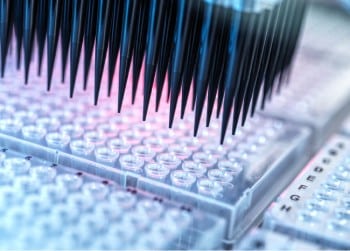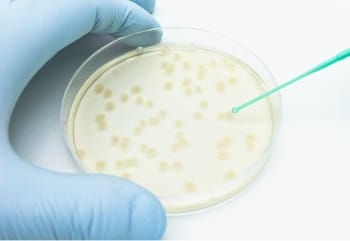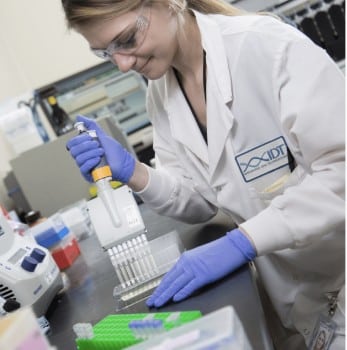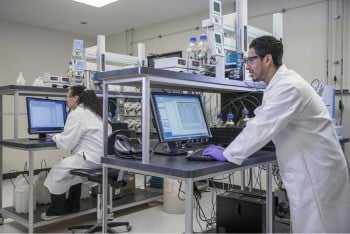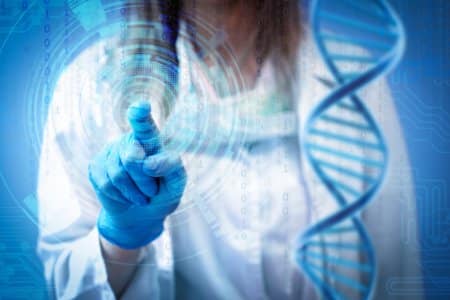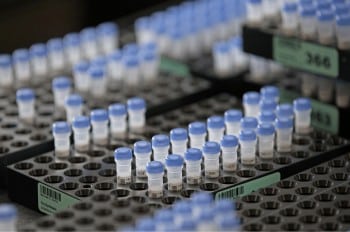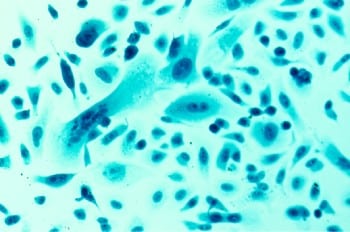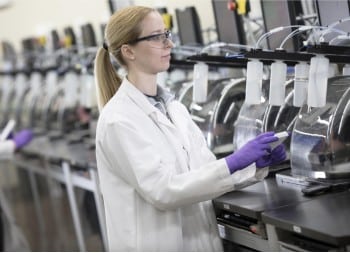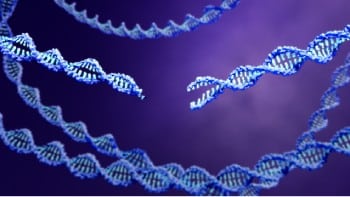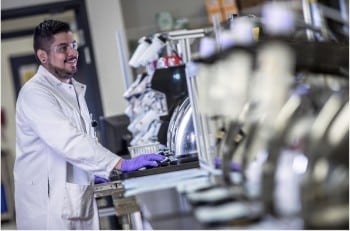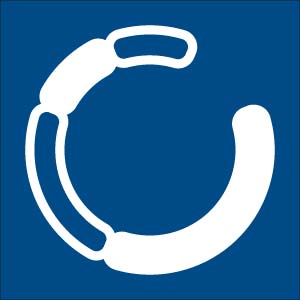Introduction to 3’ UTRs
To-date there has been a substantial research focus on the oncological importance of coding sequence (CDS) mutations, mRNA expression changes, genomic structural variations in the oncology research space. However, when it comes to understanding metastatic, castration-resistant prostate cancer (mCRPC) there are still mutations that occur in genetic elements that have been largely overlooked. One of which is the 3' untranslated region (3' UTR) of genes. The 3' UTR is part of a gene that is downstream of the CDS. It is transcribed with the CDS however it is not translated (proteins are not generated from its transcript). Instead, the 3' UTR plays an important role in maintaining stability of the CDS transcript, aiding in its translation. The functionality of proteins that interact with the 3' UTR has been shown to be disrupted in cancerous cells, leading to unregulated gene expression patterns [1].
Researchers at the University of Washington and Fred Hutchinson Cancer Center have published an article in which they present findings around the impact of 3' UTR somatic mutations on post-transcriptional gene expression in metastatic, castration-resistant prostate cancer (mCRPC) samples. Their work is groundbreaking in that they analyzed 3’ UTR mutations in a high-throughput fashion, determining the prevalence and distribution of these mutations in mCPRC tumors as well as characterizing the molecular mechanisms that link 3’ UTR mutations in cancer-associated genes to oncogenic characteristics. To do this, Schuster et al. relied on a combination of approaches including next generation sequencing (NGS), molecular cloning techniques, and CRISPR [2].
Characterizing of 3’ UTR mutations
The first step Schuster et al. took to characterize 3’ UTR somatic mutations was to determine how prevalent these mutations are in sequences obtained from mCRPC tumor samples. By retrospectively analyzing publicly available NGS datasets, the researchers identified an enrichment of 3’ UTR mutations in genes previously linked with cancer. This suggests that these specific mutations could play an important role in cancer-development.
After determining the prevalence of 3' UTR mutations in their samples Schuster et al. assessed the functional impact of the 3' UTR mutations in post-transcriptional gene regulation. One hundred and eighty of the 3’ UTR mutations identified in their sequence analysis had a significant impact in gene regulation. In cancer-associated genes, the 3’ UTR mutations resulted in a significant change in translation efficiency either by increasing mRNA translation efficiency or decreasing translation efficiency in genes linked to tumor suppression.
To further investigate the importance of the mutations that caused a change in translation efficiency the researchers used CRISPR-Cas9. The 3’ UTR mutations of two cancer-related genes, the zwilch kinetochore (ZWILCH) gene and the insulin like growth factor 1 receptor (IGF1R) gene, were the introduced to cells. ZWILCH plays an important role in cell proliferation and IGF1R is growth factor receptor. The introduction of 3’ UTR mutations in these genes resulted in an increased protein expression, and when the mutated cells were placed in stress conditions, they grew better than wild-type cells. This suggests that 3’ UTR mutations can provide an advantage to cancer cells by helping them grow under stress conditions (i.e., under starvation or in the presence of anti-cancer chemicals). More broadly, these results provided evidence that editing a single nucleotide, even within the 3’ UTR, can result in substantial changes to cell function and protein expression.
Understanding 3’ UTR mutations using multidisciplinary approaches
Taken together, Schuster et al. illustrated the crucial role of 3’ UTR mutations in driving oncogenic characteristics in cells by modifying translation efficiency and increasing cell growth in stress conditions. Additionally, the variety of techniques used by Schuster et al. allowed them to systematically study the 3’ UTR mutations and provided insights into the cellular mechanisms in which 3’ UTR mutations increase stress resistance.
To gain this detailed understanding of 3’ UTR mutations, the Schuster et al. needed to take a multidisciplinary approach, using NGS, molecular cloning techniques, and CRISPR-Cas9. For example to study the impacts of 3’ UTRs on the IGF1R gene, Schuster et al. used IDT’s eBlocks™ Gene Fragments to generate the IGF1R constructs that contained the necessary 3’ UTR mutations, and then used Sanger sequencing to confirm that the constructs were correct.
IDT offers a wide range of products that can help support cancer research including NGS oncology research panels, CRISPR products, and genes and gene fragments. To read more about how IDT can help you with your cancer research objectives check out the Cancer identification research applications page.

